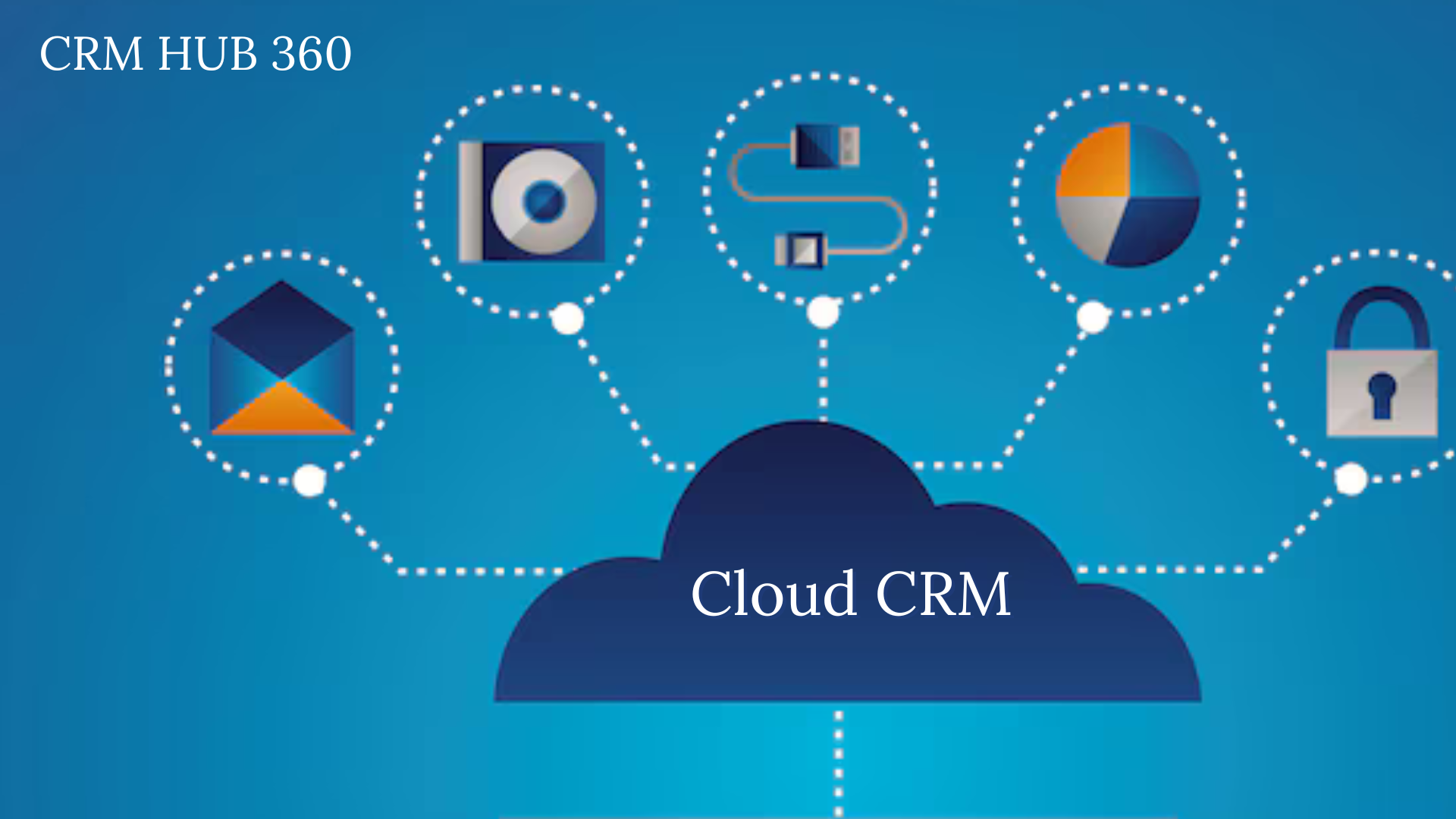In today’s hyper-connected world, the lines between marketing and public relations have become increasingly blurred. Once distinct fields, marketing and PR now often intersect, working together to build brand awareness, trust, and engagement. Whether you’re a start-up trying to make a name or an established brand looking to maintain relevance, understanding how to leverage both marketing and PR is essential for success. This article will explore how the two disciplines complement each other and offer actionable PR and marketing strategies for integrating them in the digital landscape.
Understanding the Core Differences
Marketing and PR share the common goal of promoting a business, but they do so through different means. Marketing focuses primarily on generating sales by promoting products or services to target audiences through paid advertising, content marketing, social media campaigns and more. Its ultimate goal is to convert leads into customers and increase revenue.
On the other hand, PR agencies focus on creating and maintaining a positive public image for a brand through earned media coverage, press releases, events, and other non-paid channels. PR is about building relationships with key stakeholders, including journalists, influencers, customers and the broader community. While marketing speaks to potential customers, PR often communicates with broader audiences to build credibility and reputation.
The Power of Integration
In the digital age, a siloed approach to marketing and PR is no longer effective. Integrated campaigns that combine the strengths of both disciplines yield better results because they align messaging and objectives across channels. Here are a few key reasons why integration works:
- Consistency of Message: When marketing and PR teams work together, the brand message remains consistent across paid, earned and owned media. This consistency helps reinforce brand identity and credibility.
- Maximizing Reach: PR can amplify marketing campaigns by securing media coverage, generating word-of-mouth buzz, or enlisting influencers to share your message. Marketing, in turn, supports PR efforts by driving traffic to earned media mentions and ensuring a broader audience sees them.
- Building Long-term Relationships: While marketing campaigns are often short-term and sales-focused, PR builds long-term relationships with key audiences. By aligning these efforts, brands can engage with customers beyond the transaction, creating loyal advocates.
Strategies for Integrating Marketing and PR
- Develop a Unified Content StrategyA successful marketing and PR strategy begins with content. Blog posts, social media updates, videos and whitepapers can all be part of a unified content strategy that serves both marketing and PR purposes. For example, a product announcement can be distributed via a press release, then shared on social media and promoted with paid ads (marketing).In creating content, ensure it serves the goals of both teams. A PR-driven article on your company’s commitment to sustainability, for instance, can also be used in marketing to showcase your brand values and attract eco-conscious consumers.
- Leverage Influencers for Both PR and MarketingInfluencer marketing blurs the line between PR and marketing. By partnering with influencers, brands can reach new audiences through trusted voices, generating both credibility (a PR goal) and sales (a marketing goal). Choose influencers who align with your brand’s values and can authentically promote your products or services. This approach can lead to media exposure, social media engagement, and, ultimately, increased conversions.
- Optimize Press Releases for SEOPress releases are a staple of PR, but in the digital age, they can serve a marketing function too. By optimizing press releases for search engines, you can drive organic traffic to your website. Include keywords that your target audience is searching for and ensure the content is easily shareable on social media.Additionally, distribute your press release through multiple channels—email newsletters, social media platforms and your company blog—to maximize visibility.
- Measure Success with Both MetricsWhen integrating marketing and PR, it’s important to measure success using metrics from both disciplines. PR teams traditionally measure success through media impressions, brand mentions, and sentiment analysis, while marketing teams focus on sales, leads and website traffic.By combining these metrics, you can gain a comprehensive view of how your integrated strategy is performing. For example, if a PR-driven event generates substantial media coverage, you can measure its impact by tracking increases in website traffic, social media engagement, and conversions in the days following the event.
Embracing the Future of Marketing and PR
As the digital landscape evolves, the relationship between marketing and PR will continue to deepen. Technologies like artificial intelligence and data analytics are making it easier to tailor messages to specific audiences, whether through targeted advertising or personalized media pitches.
The brands that will thrive in the future are those that embrace this intersection and find creative ways to use both marketing and PR to build meaningful, lasting connections with their audiences.
The fusion of marketing and PR is no longer optional in today’s fast-paced digital world. By integrating the strengths of both disciplines—marketing’s data-driven tactics and PR’s relationship-building focus—brands can achieve greater visibility, trust, and, ultimately, success. Implementing a unified strategy that focuses on content, influencers, SEO and measurable outcomes will set your business apart from the competition, ensuring long-term growth and customer loyalty.











